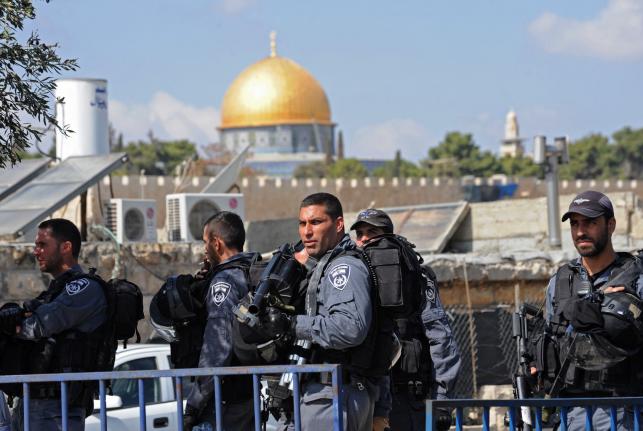Following this summer’s tragedy and controversy with the Israeli-Palestinian conflict, the recent closing and reopening of the Temple Mount in Jerusalem triggered an additionally sensitive dimension for Israel’s stability.
On Wednesday, October 29, Rabbi Yehuda Glick, founder of the LIBA initiative for Jewish Freedom on the Temple Mount, was shot in a drive-by attack during an event he hosted promoting Jewish presence on the site. The same night, Israeli officials shot and killed Mu’taz Hijazi, the primary suspect in Glick’s attempted assassination. In the face of an increasingly sensitive period of Jewish-Muslim relations, the entrance to the Temple Mount was closed and all access denied, which incited fierce opposition. Palestinian spokesman Nabil Abu Rudeineh stated it was a “declaration of war” and the precautionary measures were seen as a direct insult by the Muslim population. With some restrictions still currently implemented, tension over religious freedom and access remains rampant.
The Temple Mount is considered in Judaism to be the most sacred and holy site in the world, and an extremely important religious site in Islam as well. Jewish tradition maintains an abundance of sacred significance in the Temple Mount, stemming from history and religion. It was where the Binding of Isaac took place, the location of the First and Second Holy Temples, and where G-d’s spirit and presence rest. In the Muslim faith, the Temple Mount is considered the third holiest site in the world, the place to where Muhammad is believed to have ridden a winged steed during his night journey from Mecca to Jerusalem. Muhammad’s journey is memorialized by the architectural feat of the Dome of the Rock. Today, in addition to the Dome, the Temple Mount supports the Western Wall and the Al-Aqsa-Mosque.
After Thursday’s closure, access to the Temple Mount was reopened on Friday, accompanied by restrictions on Muslim prayer. With a significant addition of police force supervision, Muslim access and prayer has been restricted to men and women over the ages of 50. The outrage resulting from of these restrictions mirrors the events of the uproar in the Second Intifada in September of 2000, when former prime minister Ariel Sharon, along with police forces, appeared at the Al-Aqsa Mosque, which was seen as a deliberate provocation by the Palestinian population. Whereas the summer’s conflicts largely rested on political, humanitarian/moral, and geographical issues, the Temple Mount’s closing leaves margins for a perception of Israel’s capability and intention as being to occupy another religion’s access to faith and prayer.
The Temple Mount, one of the most revered spots within monotheistic religions, has thus been transformed into a center for conflict and tension between Jews and Muslims. Israel’s already strained relationships with neighboring countries teeters on the balance of social, political, and religious welfare. Moving forward, it remains to be seen whether this highly sensitive and sacred site of worship be used or abused in the scheme of conflict in the Middle East.

